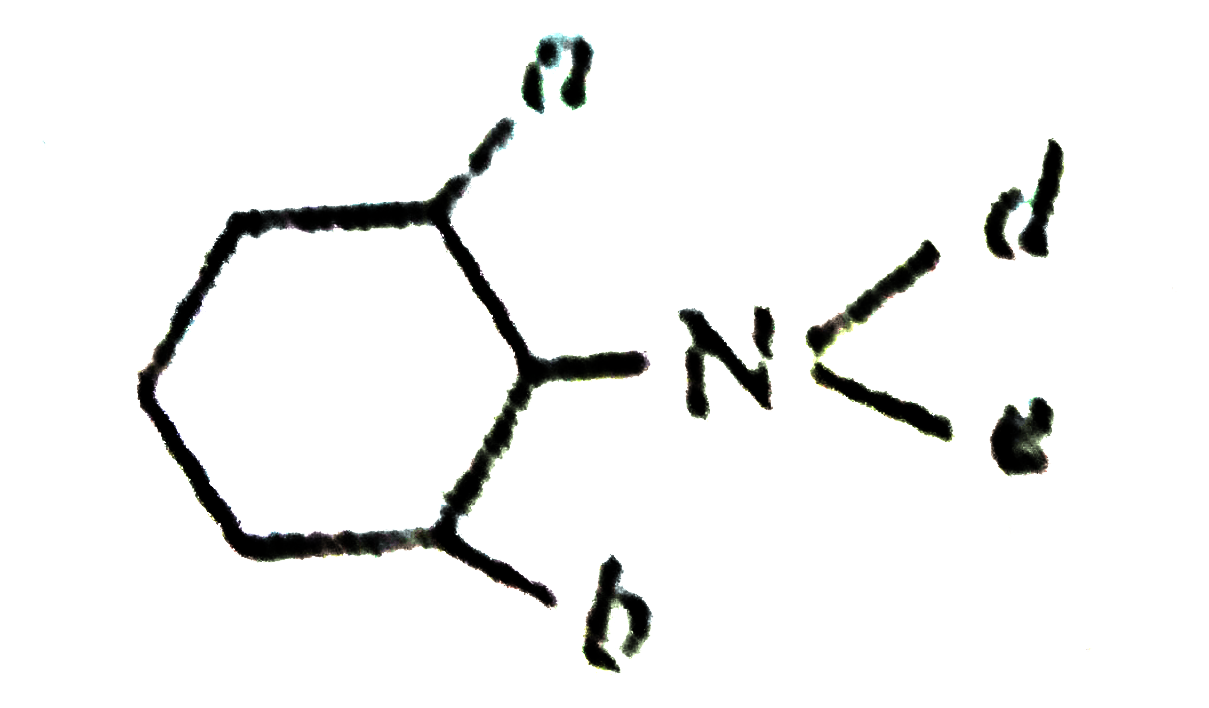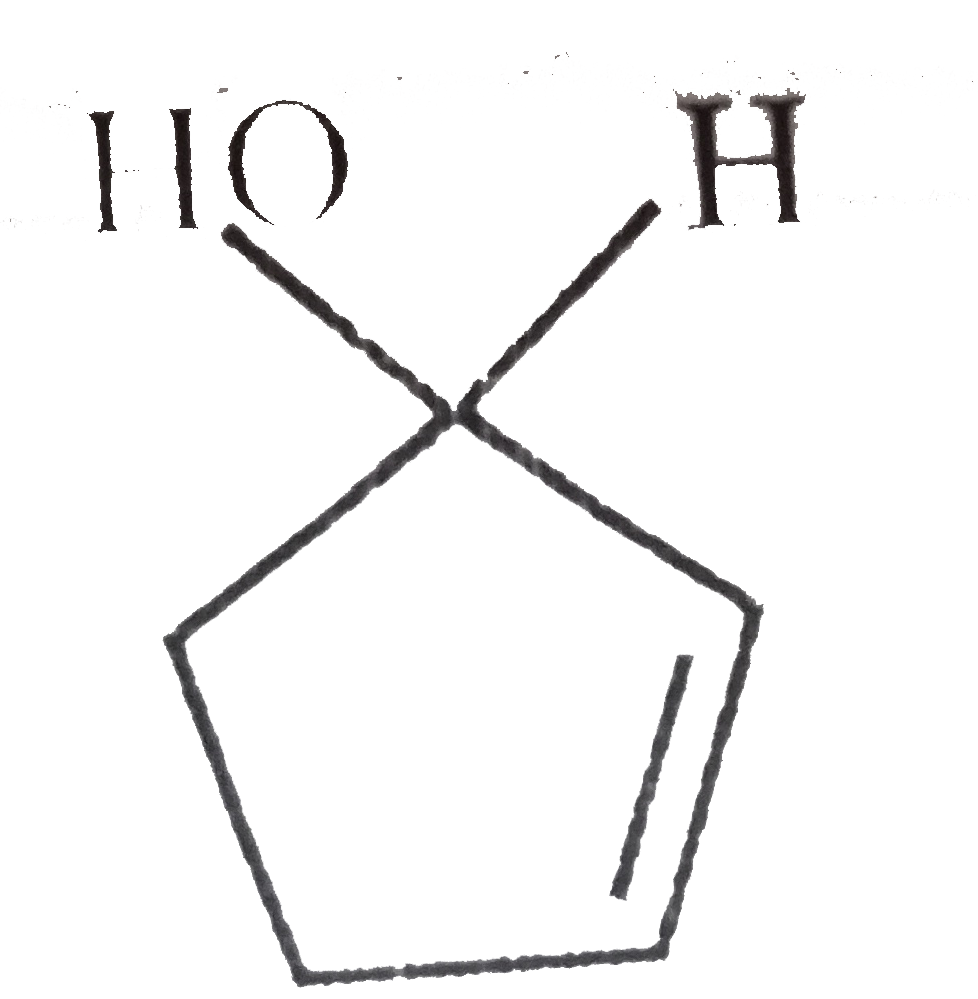Which is true for optical fibers?
Core has higher refractive index than cladding
Core has less refractive index than cladding
Both have same refractive index
None of these
The correct Answer is:A
Step-by-Step Text Solution:
1. Understanding Optical Fibers: Optical fibers are thin strands of glass or plastic that transmit light signals over long distances. They are primarily used in telecommunications and medical instruments.
2. Principle of Operation: Optical fibers operate on the principle of Total Internal Reflection (TIR). This phenomenon occurs when light travels from a denser medium to a rarer medium at an angle greater than the critical angle, resulting in the light being completely reflected back into the denser medium.
3. Structure of Optical Fibers: An optical fiber consists of two main components:
- Core: The central part of the fiber, which is made of a material with a higher refractive index (denser medium). This is where the light travels.
- Cladding: The outer layer surrounding the core, made of a material with a lower refractive index (rarer medium). This layer helps to keep the light within the core through TIR.
4. Refractive Index: For Total Internal Reflection to occur, the refractive index of the core must be greater than that of the cladding. This ensures that when light travels from the core to the cladding, it reflects back into the core instead of passing through.
5. Conclusion: Therefore, the statement that is true for optical fibers is that they utilize the principle of Total Internal Reflection, where the core has a higher refractive index than the cladding.
- Core: The central part of the fiber, which is made of a material with a higher refractive index (denser medium). This is where the light travels.
- Cladding: The outer layer surrounding the core, made of a material with a lower refractive index (rarer medium). This layer helps to keep the light within the core through TIR.
Topper's Solved these Questions
- REFRACTION OF LIGHT BOOK - CENGAGE PHYSICSCHAPTER - REFRACTION OF LIGHT EXERCISE - MANDATORY EXERCISE (EXERCISE SET III)
1 Video
- REFRACTION OF LIGHT BOOK - CENGAGE PHYSICSCHAPTER - REFRACTION OF LIGHT EXERCISE - MANDATORY EXERCISE (EXERCISE SET IV)
2 Videos
- REFRACTION OF LIGHT BOOK - CENGAGE PHYSICSCHAPTER - REFRACTION OF LIGHT EXERCISE - MANDATORY EXERCISE (EXERCISE SET I)
21 Videos
- OPTICAL INSTRUMENTS BOOK - CENGAGE PHYSICSCHAPTER - OPTICAL INSTRUMENTS EXERCISE - OLYMPLAD AND NTSE LEVEL EXERCISES
10 Videos
- SOURCES OF ELECTRIC CURRENTBOOK - CENGAGE PHYSICSCHAPTER - SOURCES OF ELECTRIC CURRENTEXERCISE - OLYMPIAD AND NTSE LEVEL EXERCISES
10 Videos
Similar Questions
Knowledge Check
Consider telecommunication through optical fibres. Which of the following statements is not true?
Aoptical fibers can be of graded refractive indexBoptical fibers are subject are subjected to electro- magnetic interference from outsideCoptical fibers have extremely low transmission lossDoptical fibers may have homogeneous core with a suitable claddingWhich is optically inactive?
A B
B C
C D
D
Which is optically active :-
A B
B C
C D
D
If at angle θthe light takes maximum time to travel in optical fiber. Then the maximum time is x×10−8, calculate x.
_PHY_E01_015_Q01.png)
View Solution[" The banwidth of optical fiber is "2GHz" and "],[" light of wavelength "1.3 mu m" is used for "],[" transmission of phone - calls.The "],[" maximum number of phone calls that "],[" could be carried by this fiber is "],[2.3times10^(n)" .The value of "n" is."]
View SolutionBand width of an optical fiber is
View SolutionMention three advantages of optical fibers over metal fibers.
View SolutionWhich is optically inactive?
View Solution
